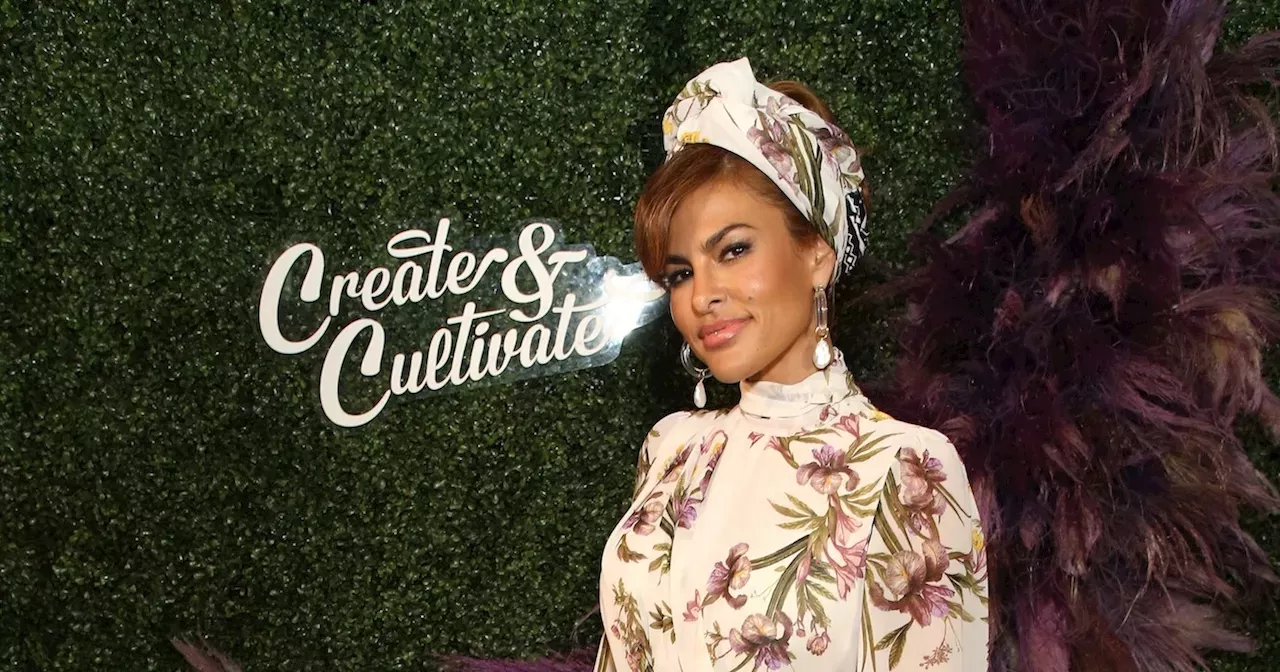Can a debut novel convey the depth and sensitivity of a tour de force? Yes, if it’s “There, There.” We meet 12 characters as detailed as an MRI. All are from urban Native American communities and attend a major pow-wow gathering in Oakland, Calif.
Broken families, romance, violence, Native history, destructive forces on indigent culture, a kaleidoscope of personal narratives and emotions and, finally, mass violence perform as if they’re traditional Native American dances. The story stands as a major example of the wealth that our land loses if we disregard diverse voices. Oh, and did I mention it was a finalist for a Pulitzer? (In February, Orange published a prequel, “Wandering Stars.

”) — The phrase “poor deer” when first encountered in this novel is the child protagonist’s misinterpretation of the sympathetic trope “poor dear,” a throwaway phrase that politely but unequivocally whitewashes any uncomfortable situation. “Poor Deer” later comes to represent the adolescent heroine’s conscience, as she navigates her grief and sense of guilt over a fatal accident, in which her innocent actions as a child and subsequent feelings were never acknowledged. “Poor dear” perhaps means well, but “Poor Deer” holds her accountable to confront the truth in her past.
— Despite the title, this sequel to Toibin’s “Brooklyn” is set largely in a small town in Ireland. The heroine, Eilis — who at the novel’s outset lives on Long Island next door to her husband’s opinionated, noisy Italian family — discovers her husband’s infidelity and flees back home to her native Ireland, ostensibly to visit her mother on the occasion of her 80th birthday, but truly to figure out where her life should go from here. Somewhat predictably, Eilis reconnects with an old beau, further complicating her situation and clouding her decision.
A beautiful meditation on what it means to be both an emigrant and an immigrant, that vague no-man’s land, where one is neither fully this nor fully that. — “Any story could be a comedy or tragedy, depending upon where you ended it. That was the magic, how the same story could be told an infinite number of ways.
” Emma Straub tells this story of a loving daughter and father by using time travel. If that sounds silly, it truly is not. We meet Alice and her dad at several points in their lives, and our understanding of their connection keeps deepening.
This is a lovely book that’s been loved by many, as it should be. —.



















